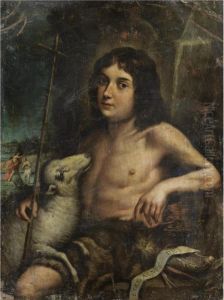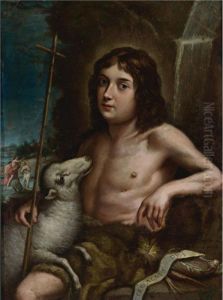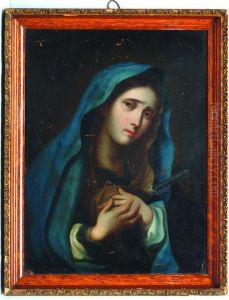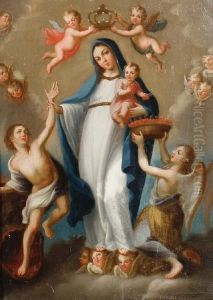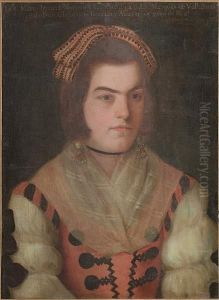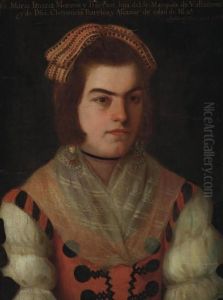Jose De Alzibar Paintings
José de Alzibar was a Mexican painter, born in 1730 in the town of Pachuca, in what is now the state of Hidalgo, Mexico. He was one of the most prominent artists of the late colonial period in New Spain (a viceroyalty that covered much of North America, including modern-day Mexico and parts of the United States). Little is known about his early life, but it is believed that he received his artistic training at the Academy of San Carlos in Mexico City, which was the first major art academy in the Americas.
Alzibar's work is characterized by his religious paintings, especially his portraits of ecclesiastical figures and his depictions of scenes from the life of Christ and the Virgin Mary. He was deeply influenced by the prevailing Baroque style of the time, which was characterized by dramatic expression, rich color, and intense light and shadow. However, he also incorporated elements of the emerging Neoclassical style into his work, reflecting the changing tastes of the period.
During his career, Alzibar received numerous commissions from the Church and from wealthy patrons, which allowed him to create large altarpieces and other religious works that were displayed in churches and convents throughout New Spain. Some of his notable works include the altarpiece of the College of San Pedro y San Pablo and a series of paintings for the sacristy of the Mexico City Cathedral.
Despite his success as an artist, little documentation of Alzibar's life exists beyond the registry of his works. He is believed to have died in 1800, leaving behind a legacy that would influence Mexican painting well into the independence period. His works are considered important examples of Mexican colonial art and they contribute to our understanding of the artistic, cultural, and religious life in the Viceroyalty of New Spain during the 18th century.
